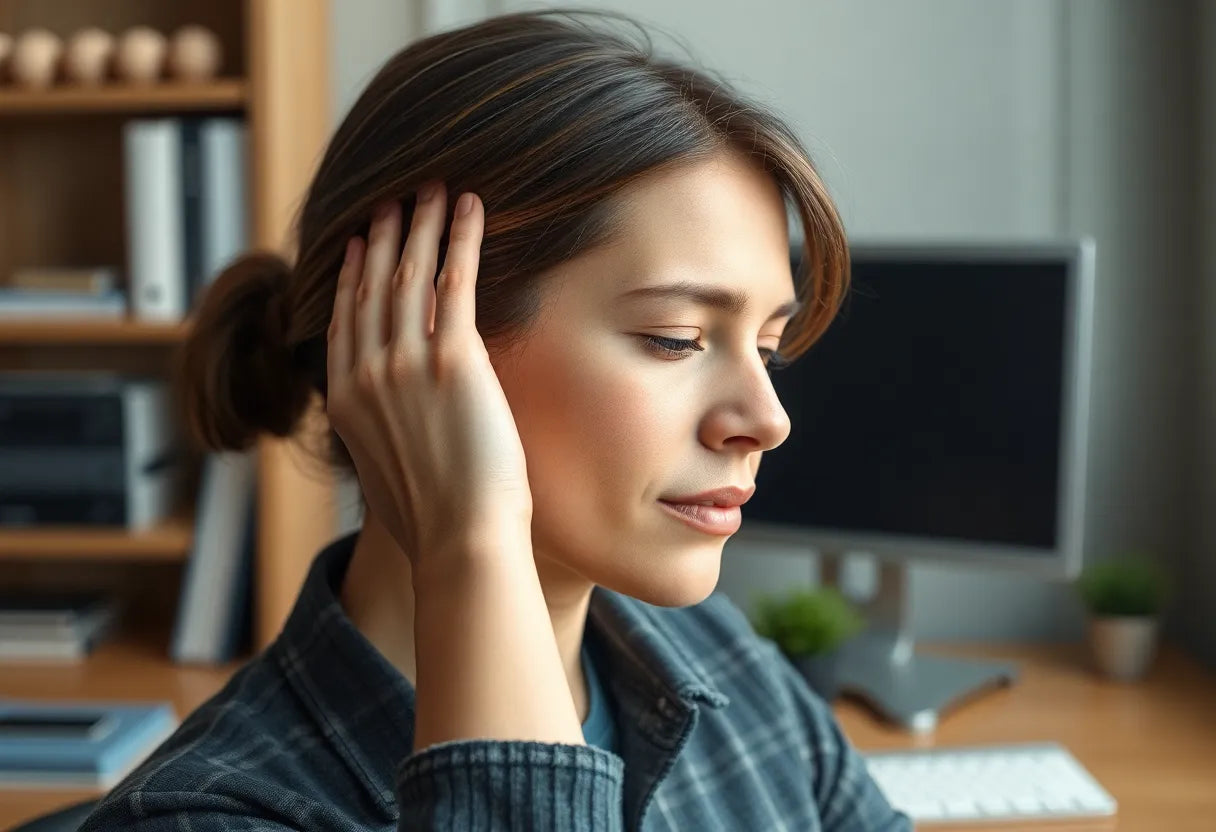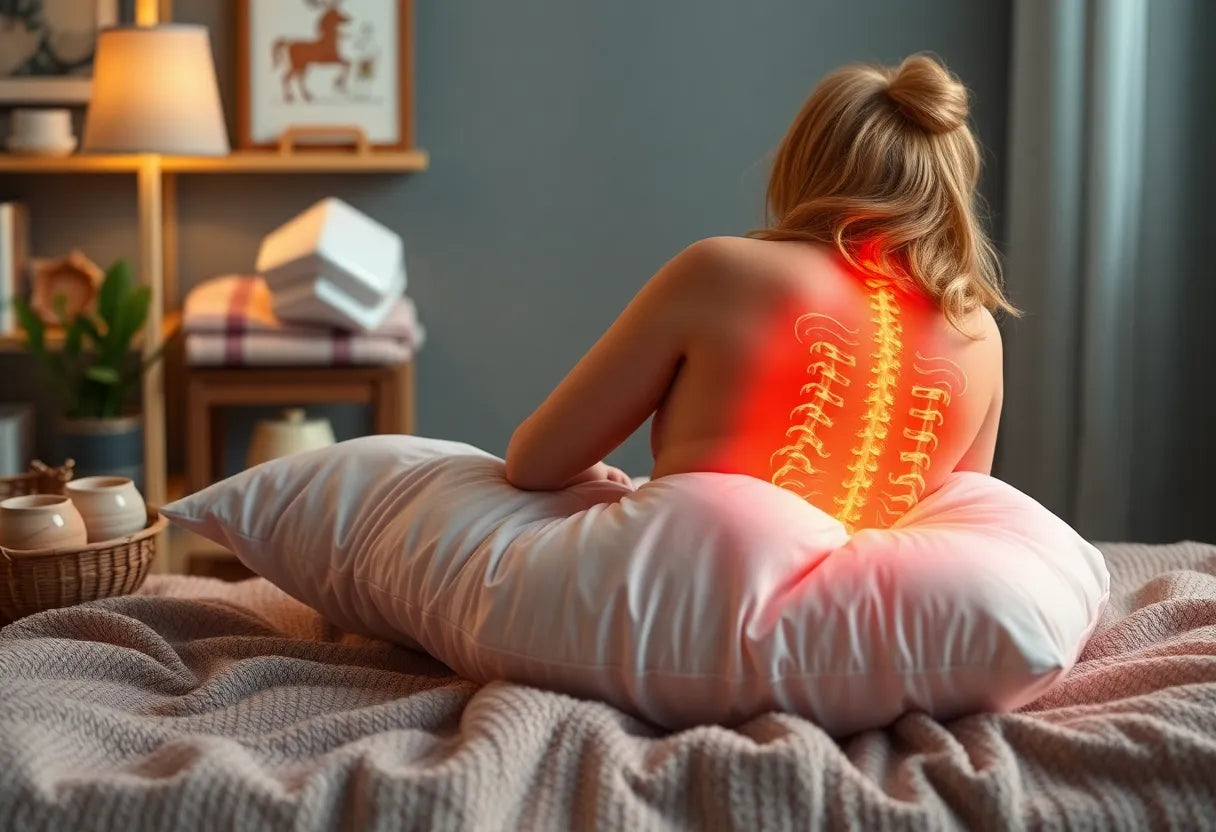When it comes to sculpting a strong and balanced physique, glute exercises are indispensable. The gluteal muscles, comprising the gluteus maximus, medius, and minimus, play a pivotal role in various aspects of our daily lives. These muscles not only contribute to the aesthetics of our lower body but are also crucial for maintaining posture, ensuring hip stability, and generating power during movement.
understanding the importance of glute exercises
The gluteus maximus, the largest of the three, is primarily responsible for the extension and outward rotation of the hip. The gluteus medius and minimus, on the other hand, are essential for stabilizing the pelvis, especially during activities like walking, running, and climbing stairs. Together, these muscles form the powerhouse of our lower body, supporting a range of movements and helping to prevent injuries.
common issues and goals
Many individuals target glute exercises with the goal of enhancing athletic performance, alleviating lower back pain, or simply improving body aesthetics. Weak glutes can lead to a cascade of problems, including poor posture and an increased risk of injuries. For instance, underactive glutes can contribute to lower back pain by causing the lower back to compensate for the lack of strength and stability in the hips. Thus, strengthening these muscles is not just about looking good but also about feeling good and moving efficiently.

Lumbar support belt
Lower back support belt for relief; adjustable for sciatica, herniated discs, or tension.
why glute exercises are essential
Incorporating glute exercises into your fitness routine is crucial for achieving overall body strength and balance. Effective glute training is about more than just performing exercises; it's about muscle activation. This involves engaging the glute muscles properly to ensure that they are being worked to their fullest potential. Proper activation is key to maximizing the benefits of your workouts, leading to stronger, more defined glutes.
By focusing on both compound movements and targeted isolation exercises, individuals can ensure comprehensive training of the gluteal muscles. Whether your aim is to boost your sports performance, enhance your physique, or improve your daily functional movements, glute exercises are an essential component of a well-rounded fitness regimen.
In the following sections, we will delve deeper into the science behind effective glute training and explore a variety of exercises designed to activate and strengthen these vital muscles. Stay tuned to discover how you can incorporate these exercises into your routine and achieve the results you desire.
the science behind effective glute training
To truly understand how to enhance your glute workouts, it's essential to delve into the science of muscle activation. Electromyography (EMG) studies have been instrumental in identifying exercises that maximize glute engagement. By understanding which exercises activate the gluteus maximus, medius, and minimus most effectively, you can tailor your workouts for optimal results.
Muscle activation is the process of stimulating muscle fibers to contract, and it is crucial for building strength and size. EMG studies have shown that exercises such as hip thrusts and step-ups rank high in terms of glute activation. These movements not only engage the entire gluteal group but also ensure that the muscles are working efficiently and effectively. By focusing on exercises with high EMG ratings, you can ensure a comprehensive training approach that targets all three gluteal muscles.
top glute exercises for maximum activation
hip thrusts
Hip thrusts are a staple exercise for targeting the gluteus maximus, medius, and minimus. To perform a hip thrust, begin by sitting on the ground with your upper back resting against a bench. Place your feet flat on the floor, shoulder-width apart. Drive through your heels to lift your hips upward, squeezing your glutes at the top of the movement. For added difficulty, try single-leg hip thrusts, which challenge balance and increase glute activation.
step-ups
Step-ups are an excellent exercise for strengthening the glutes while also enhancing stability. To perform a step-up, stand in front of a sturdy bench or platform. Place one foot on the bench and push through your heel to lift your body upward. Step back down and repeat on the opposite leg. Variations such as lateral and diagonal step-ups can further challenge your muscles and improve coordination.
bulgarian split squats
Bulgarian split squats focus on the gluteus maximus and medius, offering a unique challenge for balance and stability. To execute this exercise, stand a few feet in front of a bench and place one foot on the bench behind you. Lower your body into a squat, keeping your front knee aligned with your toes. Different foot positions can target the glute medius more effectively, making this exercise versatile for various training goals.
deadlifts (traditional, stiff-leg, sumo)
Deadlifts are a powerhouse exercise for the gluteus maximus. Whether performing traditional, stiff-leg, or sumo variations, deadlifts engage the glutes along with other major muscle groups. To perform a deadlift, stand with feet hip-width apart, grip the barbell, and lift by extending your hips and knees. Focus on maintaining a neutral spine to prevent injury and maximize glute activation.
squats (front, overhead, full)
Squats are a fundamental movement for activating the gluteus maximus and medius. Various squat styles, such as front, overhead, and full squats, provide different challenges and engage the glutes in unique ways. To perform a squat, stand with feet shoulder-width apart, lower your body by bending the knees, and keep your back straight. Aim for depth to ensure full glute engagement and support overall strength development.
isolation and activation exercises
glute kickbacks
Glute kickbacks are an isolation exercise that targets the entire glute group. They can be performed using a machine or as a bodyweight exercise. To execute a glute kickback, position yourself on all fours, extend one leg backward, and squeeze the glutes at the top of the movement. This exercise is effective for honing in on glute activation and building strength.
clamshells
Clamshells are particularly beneficial for the gluteus medius and minimus, making them ideal for beginners and those in rehabilitation. To perform clamshells, lie on your side with knees bent and feet together. Lift your top knee while keeping your feet in contact, focusing on engaging the glutes. This exercise is excellent for strengthening the smaller glute muscles and enhancing hip stability.
fire hydrants
Fire hydrants focus on deep glute engagement through lateral movement patterns. Begin on all fours, lift one leg to the side while keeping the knee bent, and ensure your core remains stable. This exercise is effective for targeting the glutes and improving hip mobility.
banded lateral walks
Banded lateral walks are a fantastic way to recruit the gluteus medius. Place a resistance band around your thighs, just above the knees, and take small steps to the side, maintaining tension in the band. This exercise emphasizes lateral movement and is excellent for strengthening the hip abductors.
single-leg bridge
The single-leg bridge is an effective exercise for posterior glute activation and hip stability. Lie on your back with one foot flat on the ground and the other leg extended. Lift your hips by driving through the heel of the grounded foot, squeezing your glutes at the top. This move not only targets the glutes but also enhances core stability.
Incorporating these exercises into your routine will ensure a well-rounded approach to glute training. By focusing on both compound and isolation movements, you can maximize muscle activation and achieve the strength and aesthetic goals you desire.
specialized movements for glute development
curtsy lunges
Curtsy lunges are an excellent exercise for targeting the hip abductors and shaping the glutes. To perform curtsy lunges, stand with your feet hip-width apart. Step one leg behind and across the other, lowering your body into a lunge. The cross-body movement requires stabilization, engaging the glutes and improving balance. This exercise not only enhances glute activation but also adds variety to your workout routine.
internal rotation hip lift
The internal rotation hip lift is a unique exercise that targets the gluteus medius and minimus through rotational movements. Begin by lying on your side with your knees bent at a 90-degree angle. Lift your top knee while keeping your feet together, rotating your hip inward. This movement emphasizes deeper muscle activation, making it an effective addition to your glute training regimen.
frequently asked questions
why won’t my glutes grow?
Common mistakes in glute training include lack of progressive overload, insufficient exercise variety, and improper form. To overcome plateaus, ensure you're gradually increasing resistance, incorporating diverse exercises, and maintaining correct technique. Consistency and patience are key to seeing growth.
what are the best exercises for hip stability?
Exercises such as single-leg bridges and clamshells are excellent for enhancing hip stability. These movements target the gluteus medius and minimus, which are crucial for maintaining balance and preventing injuries.
how often should I train my glutes?
The frequency of glute training depends on individual goals and fitness levels. Generally, training glutes 2-3 times per week, with rest days in between, allows for adequate recovery and muscle growth. Adjust the frequency based on your body's response and recovery rate.
can glute exercises help with lower back pain?
Strengthening the glutes can alleviate lower back pain by improving posture and reducing strain on the lumbar region. Strong glutes support the hips and pelvis, promoting better alignment and reducing compensatory stress on the lower back.

Men's Posture Shirt™ - Black
Shirt with NeuroBand™ for posture; activates muscles, may relieve back and shoulder pain.
what equipment do I need for glute exercises?
Common equipment for glute exercises includes resistance bands, dumbbells, and benches. However, many effective exercises can be performed with minimal or no equipment, making glute training accessible to everyone.
Incorporating these specialized movements and addressing common concerns can significantly enhance your glute training efforts. By understanding the importance of variety, proper technique, and consistency, you can achieve your fitness goals and improve overall strength and stability.
Källor
- Reiman, M.P., Bolgla, L.A., & Lorenz, D. (2020). "Gluteal Muscle Activation During Common Therapeutic Exercises." International Journal of Sports Physical Therapy.
- Elevate Physical Therapy & Fitness. "Comprehensive Guide to Glute Exercises."
- Distefano, L.J., Blackburn, J.T., Marshall, S.W., & Padua, D.A. (2009). "Gluteal Muscle Activation During Common Therapeutic Exercises." Journal of Orthopaedic & Sports Physical Therapy.
- Built With Science. "The Best Glute Exercises for Growth and Activation."
- Contreras, B., Schoenfeld, B.J. (2018). "Program Design Considerations for Optimizing Gluteal Development." NSCA Personal Training Quarterly.
- Cleveland Clinic. "Effective Glute Exercises for Strength and Stability."
- Macadam, P., Cronin, J., & Contreras, B. (2020). "An Examination of the Gluteal Muscle Activity Associated With Dynamic Hip Abduction and Hip External Rotation Exercise: A Systematic Review." International Journal of Sports Physical Therapy.


















